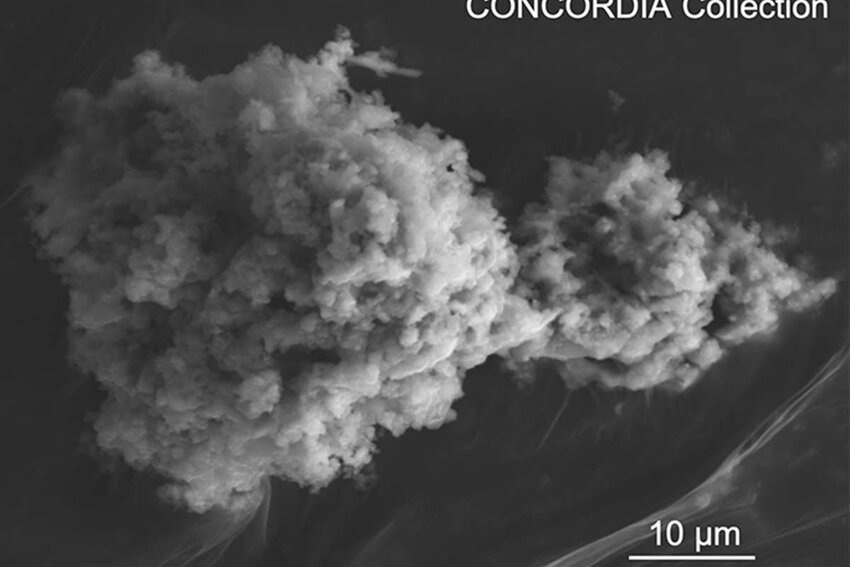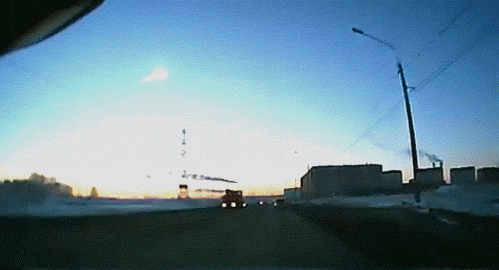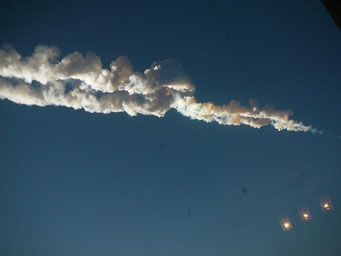SURAH AT TUR (THE MOUNT): AYAT 44 (QURAN 52:44)

Meteorites, those celestial wanderers that journey through the cosmic expanse, hold within them a mystique that transcends the boundaries of our terrestrial understanding. In the cosmic ballet of space, where these fragments of otherworldly realms traverse the vastness, a fascinating metamorphosis unfolds when they encounter Earth’s atmosphere. As meteorites hurtle through the sky, a mesmerizing alchemy takes place, transforming these celestial emissaries into ethereal appearing clouds and ashes that weave tales of cosmic wanderlust. In this celestial dance, the tangible weight of meteorites gives way to the intangible beauty of clouds, rendering the transition from the heavens to our earthly realm an eloquent spectacle that captures the imagination and beckons us to contemplate the boundless wonders of the universe and of the creator.
The phenomenon of meteorites appearing into clouds is not a scientifically accurate description. Clouds are actually formed through the process of condensation of water vapor in the atmosphere. This occurs when moist air rises, cools, and the water vapor condenses into tiny water droplets or ice crystals. Clouds are composed of these water droplets or ice crystals, and they are entirely distinct from solid meteorites.
Although – many believe Meteors to turn into clouds or Noctilucent clouds (rare high-altitude clouds that can only be seen under specific conditions. They appear during the summer months, after sunset, as thin wispy blue/silver streaks ‘dancing’ across the sky) – Meteorites are solid objects that enter Earth’s atmosphere from space, and their interaction with the atmosphere is characterized by intense friction and heat. As meteorites travel through the atmosphere, they experience tremendous air resistance, causing them to heat up and often burn brightly, creating what is commonly known as a meteor or shooting star.
The process of a meteoroid (a small celestial body) entering the Earth’s atmosphere and producing a visible streak of light is primarily due to the compression and heating of the air in front of the meteoroid. This causes the meteoroid to heat up and ionize the surrounding air, creating a glowing trail. That atmospheric heat will essentially turn them into dust and ashes which can appear very similar to clouds forming in the sky.


This is some of the eye witness video from the the 300- to 500-kiloton meteor blast over Russia on February 15th, 2013. It shone brighter than the Sun, and when the shock wave swept across cities and towns more than a minute later, it blew out countless windows and injured at least 1,100 people, mostly by flying glass; see many more Russian videos and photos. At least one large meteorite fragment accompanied by small black pieces landed in a lake near Chebarkul, a town in the Chelyabinsk region.
As astronomers are keenly aware, Earth sits in a cosmic shooting gallery. Every day, grains, pebbles, and chunks left over from the formation of the solar system streak into the upper atmosphere. Most vaporize very high, causing no harm and giving us beautiful shooting stars. But occasionally, perhaps every few decades to few centuries, our planet gets smacked by an object big enough to cause substantial damage. That’s what happened February 15, 2013, at 9:20 a.m. local time in the Ural Mountains of west-central Russia (3:20 Universal Time).
According to analysis by meteor expert Peter Brown (University of Western Ontario), the incoming meteoroid carried about 300 kilotons of kinetic energy (about 20 Hiroshimas), entered Earth’s atmosphere at 20 kilometers per second (typical for near-Earth asteroids), was about 15 meters (50 feet) across, and weighed about 7,000 tons. It entered the atmosphere at a grazing angle of less than 20° and burst at a height of 15 or 20 kilometers (10 or 12 miles). An early track-back analysis has put the outer end of its former orbit in the asteroid belt. NASA released its own estimates as 10,000-ton object and 500 kilotons of energy.)

So in fact meteorites do not turn into clouds. The luminous trail produced by a meteoroid as it travels through the Earth’s atmosphere is a result of its interaction with air, while clouds are formed through the condensation of water vapor. Both phenomena are intriguing aspects of atmospheric science, but they are fundamentally different processes.
These phenomenon have only recently been studied and now video recorded; however, The Quran nearly 1400 years ago states in Surah At Tur (The Mount): Ayat 44 (Quran 52:44) –
Even if they were to see lumps of the sky falling down, they would say, “A mass of clouds.”
٤٤ وَإِنْ يَرَوْا كِسْفًا مِنَ السَّمَاءِ سَاقِطًا يَقُولُوا سَحَابٌ مَرْكُومٌ
In Surah Fussilat (Quran 41:53) – Allah (swt) says: We will show them Our signs in the universe and within themselves until it becomes clear to them that this ˹Quran˺ is the truth. Is it not enough that your Lord is a Witness over all things?

